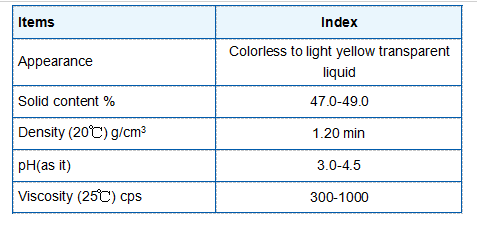water flocculant
Understanding Water Flocculants Their Importance and Applications
Water flocculants play a crucial role in the treatment of water, particularly in the areas of wastewater management and drinking water purification. These chemical agents are used to enhance the sedimentation and removal of particles in water, thus improving clarity and reducing pollutant levels. In this article, we will explore what water flocculants are, how they work, their types, and their various applications across different industries.
What are Water Flocculants?
Flocculants are substances that promote the agglomeration of fine suspended particles in water to form larger aggregates, known as flocs. These flocs can then be more easily removed through sedimentation or filtration. The process essentially clusters up the suspended particles, making it easier to separate them from the water. Flocculation is a critical step in many water treatment processes, and the effectiveness of this process hinges on the choice of the appropriate flocculant.
How Do Flocculants Work?
Flocculation begins when flocculants are introduced into water. These agents carry a charge that contrasts with the charge of the suspended particles. The injection of flocculants neutralizes the surface charges of the particles, allowing them to come together and form larger aggregates. This process can be enhanced by various physical and chemical methods, including agitation and the addition of coagulants. The ultimate goal is to create flocs that can settle to the bottom of a treatment tank or be removed via filtration, resulting in clearer, cleaner water.
Types of Water Flocculants
Water flocculants can be classified into two main categories organic and inorganic
.1. Organic Flocculants These are typically synthetic polymers that can be tailored for specific applications. Examples include polyacrylamide, polystyrene sulfonate, and modified natural compounds like starches and chitosan. Organic flocculants are favored for their efficiency in forming larger flocs and their adaptability to various water conditions.
2. Inorganic Flocculants Common examples include aluminum sulfate (alum) and ferric chloride. These have been used for decades in water treatment due to their effectiveness and affordability. While they work well, they may introduce metals into the water system, which can be a concern in certain applications.
water flocculant

Applications of Water Flocculants
Water flocculants find applications across numerous fields
- Drinking Water Treatment In municipal water treatment plants, flocculants help in the clarification of drinking water by removing sediment, algae, and other impurities, making water safe for consumption.
- Wastewater Treatment In industrial settings, flocculants are vital in treating wastewater by removing suspended solids, heavy metals, and other contaminants. This process not only helps in meeting regulations but also in recycling and reusing water effectively.
- Mining and Mineral Processing Flocculants are extensively used in the mining industry to enhance the recovery of valuable minerals by removing unwanted particulates in the flotation process.
- Agriculture In agricultural practices, flocculants aid in improving soil structure and water retention, thus enhancing crop yield and health.
- Paper and Pulp Industry Flocculants help in the treatment of process water, enabling the recovery of fibers and enhancing the quality of the final product.
Conclusion
The importance of water flocculants cannot be overstated. They are essential tools in the quest for clean water, contributing to various sectors that rely on efficient water treatment practices. As concerns regarding water quality continue to grow, advancements in flocculant formulations and processes are likely to play a significant role in sustainable water management strategies. Understanding the function and applications of these agents is fundamental for professionals in environmental science, industrial engineering, and public health, ensuring our water systems remain safe and sustainable for generations to come.
-
Water Treatment with Flocculant Water TreatmentNewsJun.12,2025
-
Polymaleic AnhydrideNewsJun.12,2025
-
Polyaspartic AcidNewsJun.12,2025
-
Enhance Industrial Processes with IsothiazolinonesNewsJun.12,2025
-
Enhance Industrial Processes with PBTCA SolutionsNewsJun.12,2025
-
Dodecyldimethylbenzylammonium Chloride SolutionsNewsJun.12,2025





